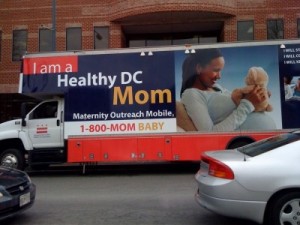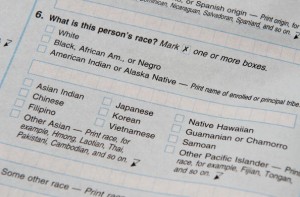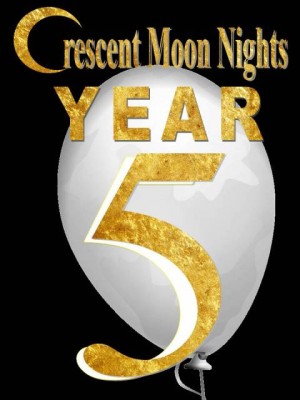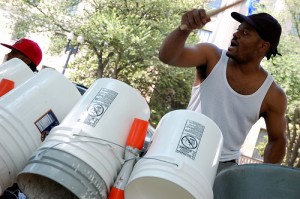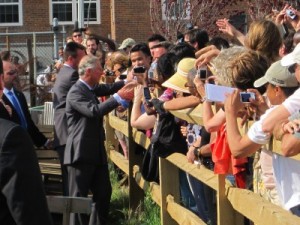This post comes courtesy of WAMU Web producer Dana Farrington.
For many women of color in D.C., having a health baby is a challenge unto itself.
The city’s infant mortality rates show marked disparities that cut across racial and class lines. One way the city is looking to address the racial gap is through the D.C. Health Department’s maternal mobile unit, a clinic-on-wheels that drives to the poorest parts of the city — its funded to serve Wards 5 through 8 — to offer pregnancy tests and connect expectant moms with adequate prenatal care.
The unit, which receives funding from the federal Healthy Start program, had to be taken off of the streets for six months for maintenance. It’s been back in commission since February, and 67 residents have received service on the unit since.
WAMU reporter Jessica Gould spoke to Tamika, a 17-year-old Anacosita resident who received a pregnancy and HIV test once it came back in service. She told her that more women should follow her lead:
“So we can know… ‘Cause a lot of people don’t take time out and go to the doctor. For us to have this on the street you could just walk up and take 20 minutes to get tested and you’ll know.”
In D.C. the infant mortality rate was 10.9 deaths per every 1,000 live births in 2008, compared to the national rate of 6.9. The District’s rate is comparable to other large U.S. cities, but it’s the worst when up against the 50 states [PDF]. D.C. also ranks poorly when it comes to infants born with low birth weight.
But the outlook is worse for black women. In D.C., black women had an infant mortality rate of 17.2 deaths per every 1,000 live birth in 2007 — more than 4.5 times the rate for white women. The rate for Hispanic women in the District was 9.4



